
Onboarding vs. Implementation: Do You Need Both?
- 9 Min read
It is a well-known fact that a modern customer is getting smarter, more demanding and harder to please. They know pretty well what excellent customer service is and do not want to settle for less. In such an environment, businesses can’t afford to be complacent. Notably, a striking 48% of respondents indicate customer service is more important than price. What is even more shocking is 86% are ready to change for another brand if another company provides a better customer service experience. This holds true not only for B2C but also for the B2B customer experience.
So, understanding the fundamentals and forces behind customer experience, often referred to as CX, is crucial today. In this article, you will find a practical guide to the B2B customer experience covering all the essential information you need to know from the essence of customer experience and why it matters to the tips on how to improve it along with an overview of the most effective strategies.
Everyone knows what customer experience is: it involves all the interactions a customer has throughout their customer journey with a business or brand from the first encounter through the purchase and finally, to customer loyalty or churn. Similarly, this concept applies to the business-to-business experience, but the customer here is another business.
In short, the term B2B customer experience (CX) describes all the interactions, whether digital or in person, one company has with another. What is distinctive about it is that multiple stakeholders are involved in the buying process.
We are living in the experience economy where customer expectations are increasingly demanding. And if a business wants to survive in today’s super competitive market, B2B customer experience should become an important part of its strategy.
It is difficult to overestimate the significance of an improved customer experience: it results in better customer relationships, higher customer retention rates, more loyal customers and, consequently, more sales and revenue growth. It is a modern market axiom that a customer-centric approach is a must.
Okay, let us now look at the primary distinctions between B2B and B2C customer experiences. What are other differences between the two, aside from the stakeholders?
| The particular aspects of the B2C customer experience | The particular aspects of the B2B customer experience |
|---|---|
| 1. B2C companies focus on building emotional connections with their customers. 2. The customer bases of B2C companies are wider and much more diverse compared to B2B. 3. B2C communication is conducted through multiple channels. 4. Customer interactions are frequent. 5. In the B2C model, individual customers make purchasing decisions, and the decision-making process is relatively short. 6. Customer engagement typically takes place informally and casually. | 1. B2B customer journey is usually more complicated and demands more business interactions. 2. Not every stakeholder has the power to make purchasing decisions. 3. Product knowledge is of huge importance in B2B sales. 4. B2B customers usually expect more tailored experiences, products and services. 5. Post-purchase support is more frequently offered to B2B customers than to B2C. 6. B2B customer communication is conducted more professionally and formally. 7. B2B companies recognize the value of repeat purchases and focus more on long-term relationships with their customers. |
Customer experience is an important factor in a company’s success in the market and working on its improvement should undoubtedly be a continuous effort. What can B2B companies do to create a positive customer experience and make the buyer’s journey better?
Let’s try to figure it out.

Customer feedback is a powerful tool in the armory of a company that wants to improve its CX performance. It is the quickest way to define whether your customer experience efforts are efficient or not. By analyzing feedback, a business can identify its customers’ pain points, spot unhappy customers and collect customer data.
This is how customer loyalty is built. Customers who get a pleasant experience with your company will return and, what is more, recommend you in business circles.
Excellent customer support will give you the competitive advantage and definitely reduce customer churn. Modern customers expect all their requests to be resolved almost instantly and your CX strategy should take this into account.
Make sure your frontline employees can communicate effectively, know how to handle and resolve issues and are committed to delivering exceptional customer experience. It is important to nurture a customer-centric culture within your organization: every employee should be aware that staying on top of customer needs is an absolute priority.
An interesting fact. There seems to be an interconnection between customer success and employee satisfaction. Those companies boasting high levels of employee satisfaction also have happier clients. Satisfied employees equal satisfied customers. Unhappy employees equal unhappy customers. Simple as that.
Last but certainly not least on our list is the use of digital tools, perhaps the most critical item. It is impossible to deliver truly exceptional B2B customer experience without undergoing digital transformation and, of course, the right software tools.
Creating an unforgettable B2B customer experience is an important task and without it, achieving success in the modern corporate world is difficult. In such a context, having the right tools can really make a difference. Here is a brief overview of software solutions you can use to improve your B2B customer experience.
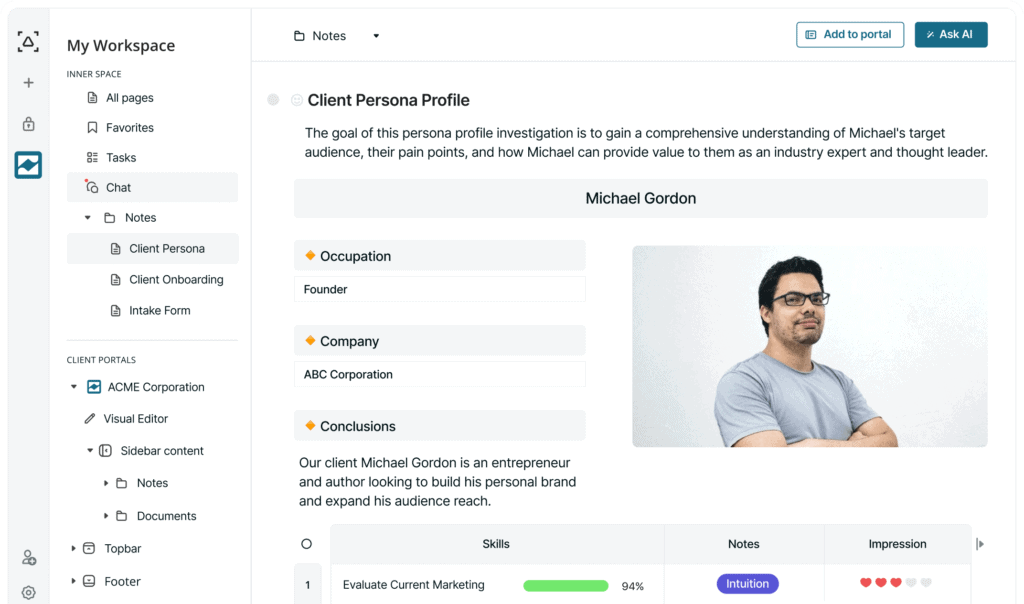
CRM software will allow you to organize, store and manipulate customer data as well as monitor customers along every stage of the buying journey.

Using CMS software, even users without extensive technical expertise can create, publish and manage content. Content in a CMS is typically stored in a database and displayed in a presentation layer based on a set of templates like a website.
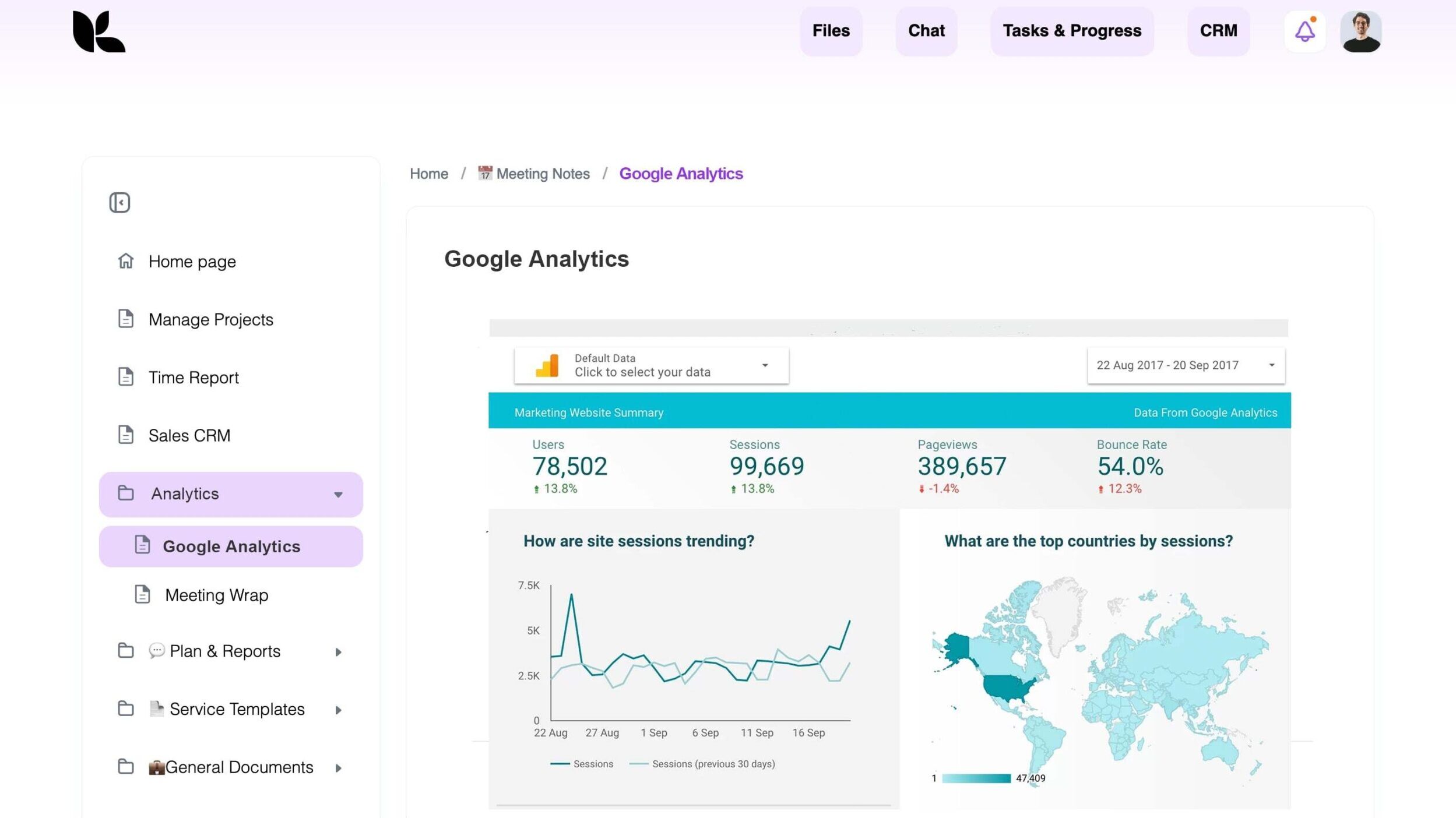
Analytics and reporting tools let you keep your finger on the pulse of change. They are like the flight panel of an aircraft, having all the necessities for you to control your company’s journey toward success. With these tools, you can monitor customer health scores, assess levels of customer success and track other important metrics.
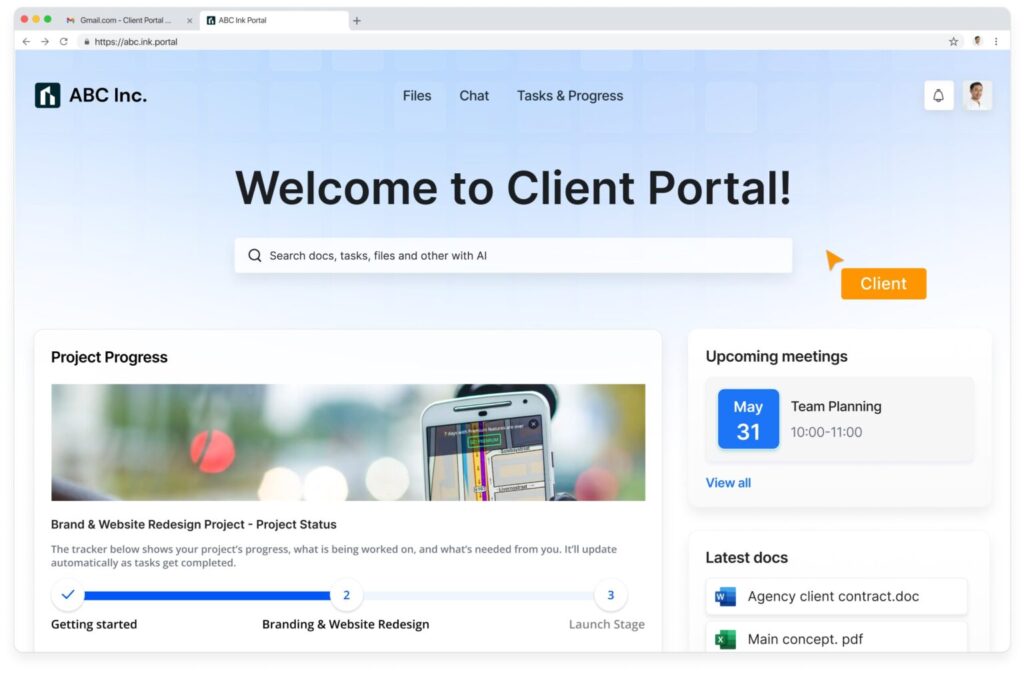
A client portal is a secure online platform a business can use to provide its clients with all the information and resources they need during their customer journey. It is an excellent solution for building strong customer relationships as, with a client portal, you can be sure that you and your customers are always on the same page.
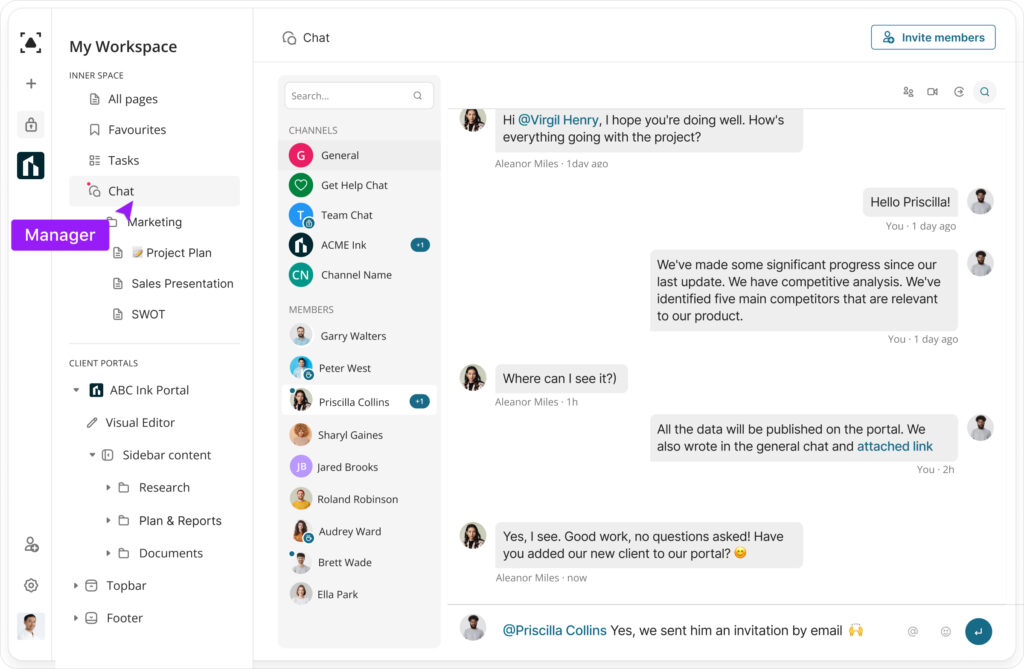
These are software solutions that allow your employees and your customers to work together on the same projects regardless of their physical location.
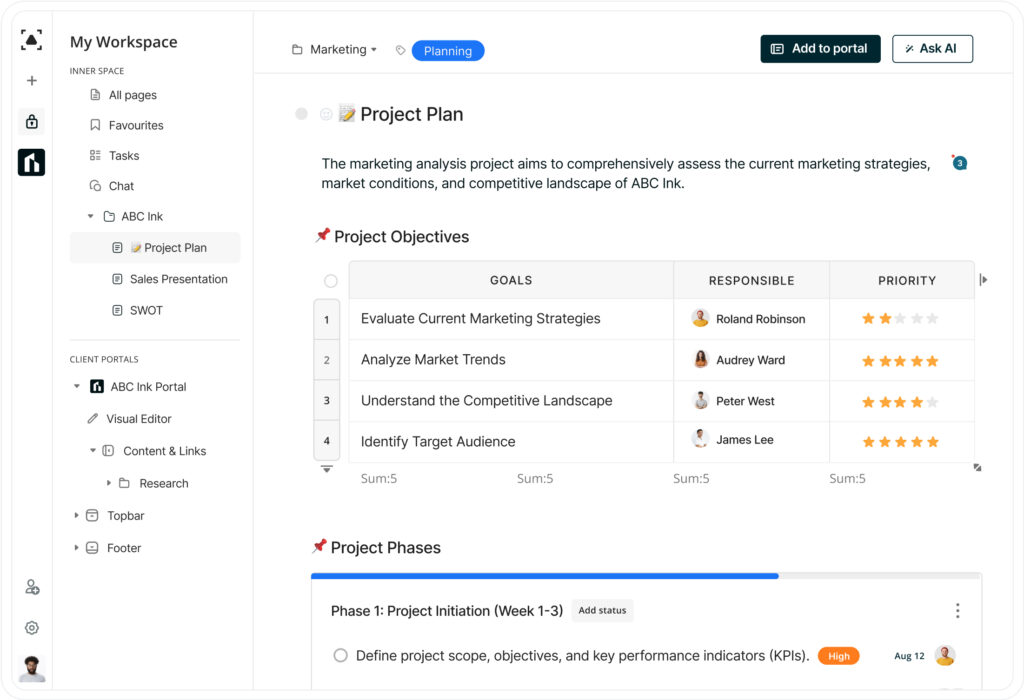
Project management software comprises solutions designed to help individuals plan, elaborate and track their projects effectively.
You must have become overwhelmed with a number of tools required for creating an excellent and consistent experience for your B2B customers. More than that, if you attempt to calculate both the total cost and implementation expenses, this could drive you a bit mad.
We hasten to reassure you there is a solution on the market that combines all the mentioned tools. Yes, you heard right – there is a universal customer experience tool.
FuseBase (formerly Nimbus Platform) is a client collaboration platform that incorporates all the tools needed to create personalized experiences for B2B customers. FuseBase is like a big, busy restaurant with a kitchen for internal teams to collaborate and do their work and a dining area to serve clients with ready-prepared projects. Let us look at its main features.
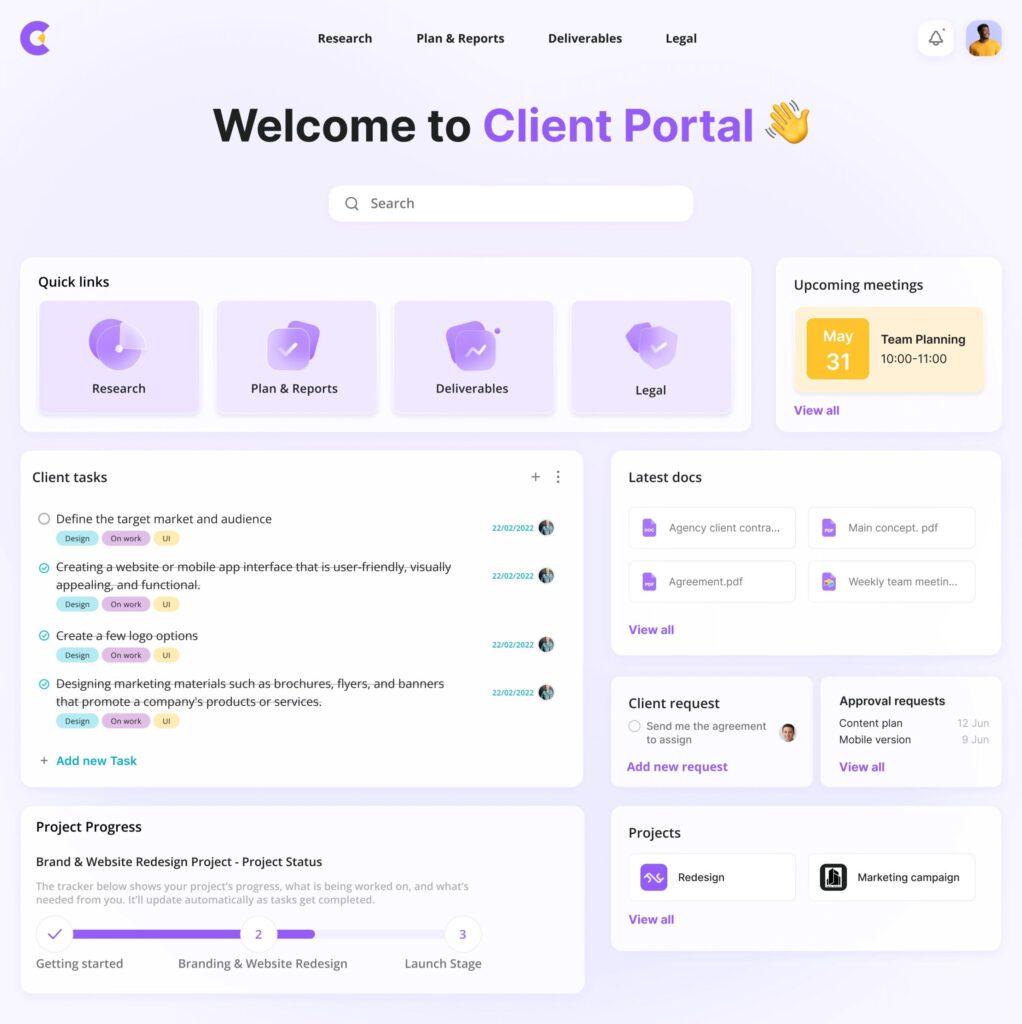
Client portal: The client portal functionality is the heart of the FuseBase platform. It is a no-code website where you can add various types of content in just a few clicks. Then, your customers can easily access this content and actively interact with it.
Knowledge bases: FuseBase allows its users to create searchable wikis, FAQs and documentation repositories quickly and at low costs. Did you know that there is a demand for self-service options from modern customers? More people and more businesses today prefer to try to solve their problems on their own rather than contact a support center. Knowledge bases become a part of CX strategies of those companies who try to keep up with society trends.
AI: Always staying at the forefront of innovation, FuseBase incorporates AI technology in its products. Just imagine instead of reading and analyzing large amounts of content, you can have AI customer software to generate a follow-up thus saving you tons of time and effort.
Content creation tools: FuseBase comes with all the essential tools for building excellent client experiences: the lego-like editor, rich integrations, powerful file-management capabilities, etc.
Project management tools: With FuseBase, your clients become active participants in the working process. They have the ability to directly assign tasks to your teams and then track their progress without bothering PMs.
Provide a superior B2B customer experience with the FuseBase suite of tools!
Now that you know everything about what B2B customer experience is and how to improve, let us look at the most important customer success metrics that can provide insights into the effectiveness of your efforts in making the customer journey with your company smooth and pleasant.
CSAT is assessed through various feedback forms and surveys that can be sent to both existing and new customers after any interaction with a company: making a purchase, contacting the support center, receiving a demo, etc. This metric measures how satisfied customers are with a product or service.
To calculate CSAT, you need to add the number of ‘Very Satisfied’ and ‘Satisfied’ results, divide it by the number of total respondents and then multiply it by 100.
Net Promoter Score (NPS) is a metric to assess customer satisfaction, loyalty and enthusiasm with a company. Customers are asked one question: “On a scale from 0 to 10, how likely are you to recommend this product/company to a friend or colleague?”
Then, according to their responses, all customers are divided into three groups: Promoters (those who responded with a score of 9-10), Passives (those who responded with a score of 7-8) and Detractors (those who responded with a score of 0-6).
The Net Promoter Score (NPS) formula is as follows:
(Number of Promoters – Number of Detractors) / (Number of Respondents) x 100
The average NPS for B2B industries ranges from 39 to 65.
This is the rate at which subscribers or customers stop transacting with your business over a specific period of time. All companies, even those having the best products and services, lose customers. The question is in the rate.
This metric is super simple – the higher your churn rate, the more customers stop using your product or service. The lower your churn rate, the more customers you keep. The lower your churn rate, the better: simple as that. A high churn rate is a signal for sales reps and sales teams to focus on customer retention more.
The average resolution rate is the average time it takes for your support team to resolve a customer inquiry.
The formula to calculate the resolution rate is as follows:
Solved Tickets / Received Tickets x 100 = Resolution Rate
What is an acceptable average resolution rate? As with most metrics, there are no industry standards that will fit every single business.
However, companies truly committed to delivering a seamless experience to their customers continuously work to improve their resolution rates.
Customer Effort Score (CES) is a customer experience metric that measures how much effort a customer must put into using your product or service, resolving a support issue or finding the necessary information.
To measure CES, companies ask their customers a single question: On a scale of ‘very easy’ to ‘very difficult’, how easy was it to complete [a task]?
A formula for calculating CES looks as follows:
CES = (Sum of individual ratings) / (Total number of respondents)
The lower the CES is, the fewer pain points your customers have throughout their entire journey with you. The best thing about the CES survey is that it can quickly show which areas of a customer journey need improvement.
These five metrics are of great help to customer-centric companies as they can provide businesses with new insights into the peculiarities of customer journeys, show how well customer needs are satisfied and help understand why customers interact with the company the way they do.
It is important to nurture a customer-centric company culture. What does this mean? The customer journey with you must be as smooth and pleasant as possible, which can be achieved through a variety of methods and approaches, including developing a user-friendly interface, focusing on prompt delivery and providing self-service options.
It’s a well-known fact that we live in the era of the experience economy. B2B customers recognize the effort put into tailored solutions and generally have higher expectations regarding customization.
Digital client management can significantly facilitate doing business today, especially in the B2B model. Client portals, AI, customer base, collaboration and communication tools – all these can give you a competitive advantage and, ultimately, lead you to business growth.
B2B customers are way more demanding and expect quick responses to their inquiries. Minimal wait time is a best practice and a key element in corporate communication.
Good customer service resolves issues before customers even know about them. Think of including a customer self-service in your CX strategy. This will reduce the load on your support team and will allow agents to focus on more complex inquiries.
No matter how good your product or service is, an unsatisfactory customer experience will turn your customers off.
If you are ready to take your customers’ experience to a whole new level, we invite you to start a free trial of FuseBase to see this powerful solution in action.
Found it useful? Share the article with your community
Get weekly tips and insights on how to grow your business